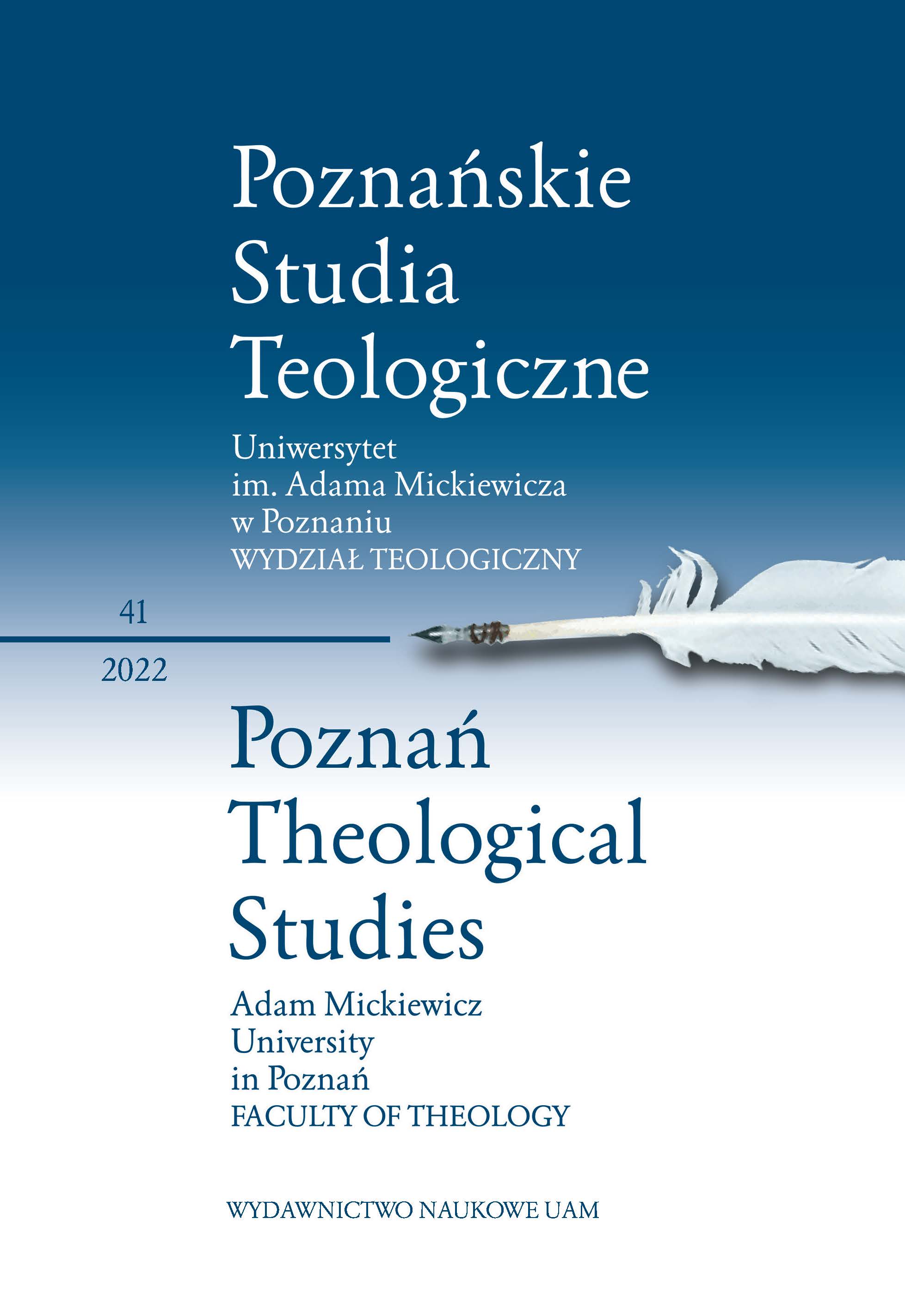Episcopal Collegiality at the Vatican Council II. The Beginning of a Long Way of Renewing the Hierarchy in the Church
Episcopal Collegiality at the Vatican Council II. The Beginning of a Long Way of Renewing the Hierarchy in the Church
Author(s): Artur Antoni KasprzakSubject(s): History of Church(es), Systematic Theology, Pastoral Theology
Published by: Uniwersytet im. Adama Mickiewicza w Poznaniu
Keywords: collegiality; Vatican Council II; Lumen Gentium; Nota Explicativa Praevia; College of Bishops; Settimana nera; hierarchy; authority within the Church;
Summary/Abstract: The Second Vatican Council in the program of the so-called aggiornamento, that is, on important issues concerning the pastoral renewal of the Church, he proposed a renewed understanding of the hierarchical dimension in the Church. As Chapter III of the Dogmatic Constitution on the Church, also called Lumen Gentium, presents it, the correct vision regarding the shepherds of the Church does not only refer to the central role of the Pope in the Church. The Council recalled that - as was the case especially in the first millennium of Christianity - all bishops also play an irreplaceable and fundamental function for the Church. As a shepherd, each of them is the head of a particular church (diocese). The consecration of bishops is the highest degree of the sacrament of Holy Orders and includes them among the successors of the Apostolic College (CC 20 and 21). The bishops in this college, as the Council further explains, "are also, together with their head, the Bishop of Rome, and never without him, the subject of supreme and full authority over the entire Church" (LG 22b). This study presents the complex history of the discussion and redaction of the teaching text of the last Council on this issue. The topic, which went down in history under the banner of episcopal collegiality, was discussed during the second and third sessions of the Council. At that time, the discussion divided the Council fathers into two camps, the so-called minority and majority. The "majority" was in favor of the Council's adoption of the doctrine of episcopal collegiality, while the "minority" was in favor of limiting or even rejecting it. During many disputes, Pope Paul VI also joined the discussion. It was on his initiative, just before the final vote on the Constitution Lumen Gentium and its promulgation, that a binding commentary called the Preliminary Explanatory Note - Nota Explicativa Praevia - was added in order to develop a full consensus around episcopal collegiality. This comment, however, did not resolve the antagonisms of interpretation surrounding episcopal collegiality for many years after the Council.
Journal: Poznańskie Studia Teologiczne
- Issue Year: 2022
- Issue No: 41
- Page Range: 7-26
- Page Count: 20
- Language: English

